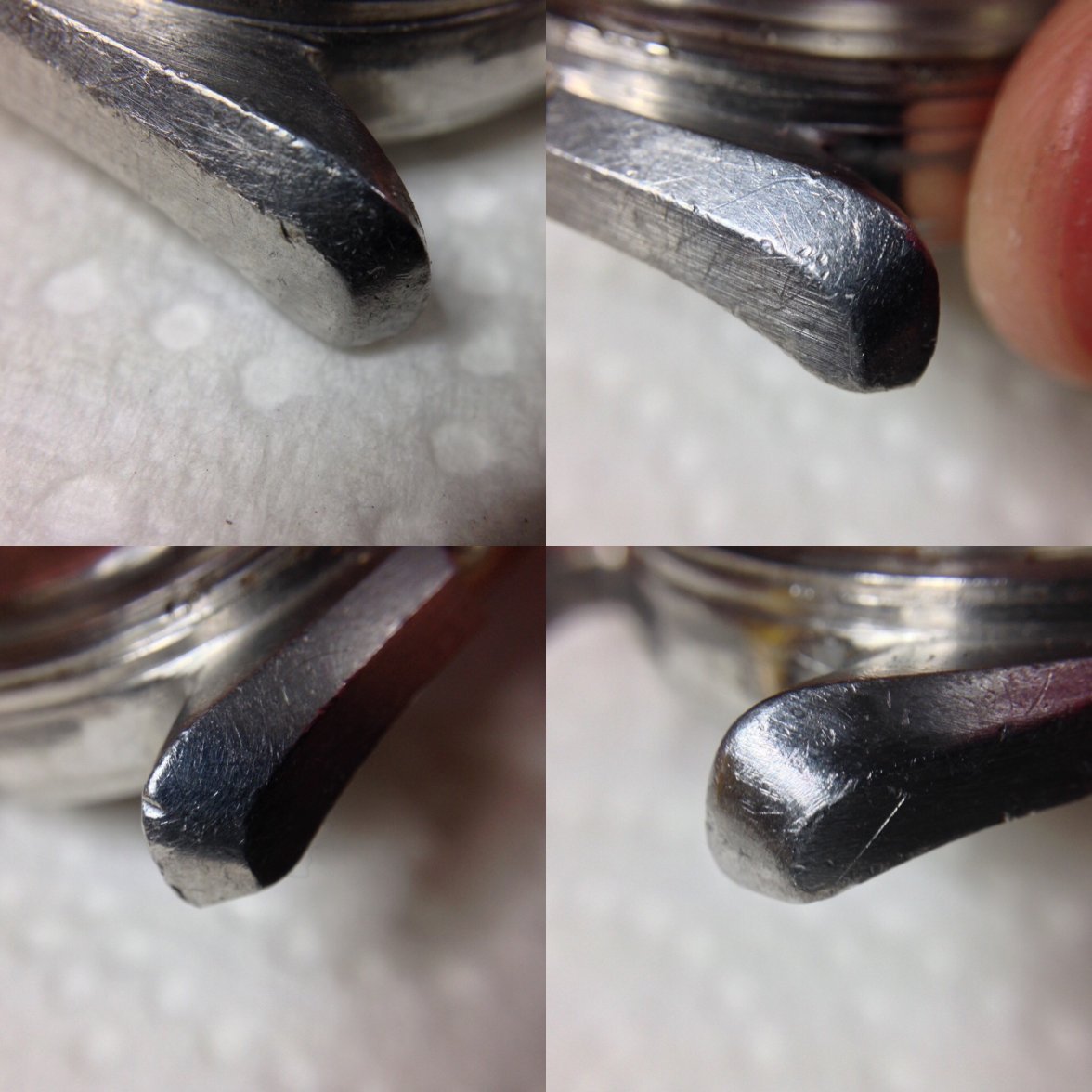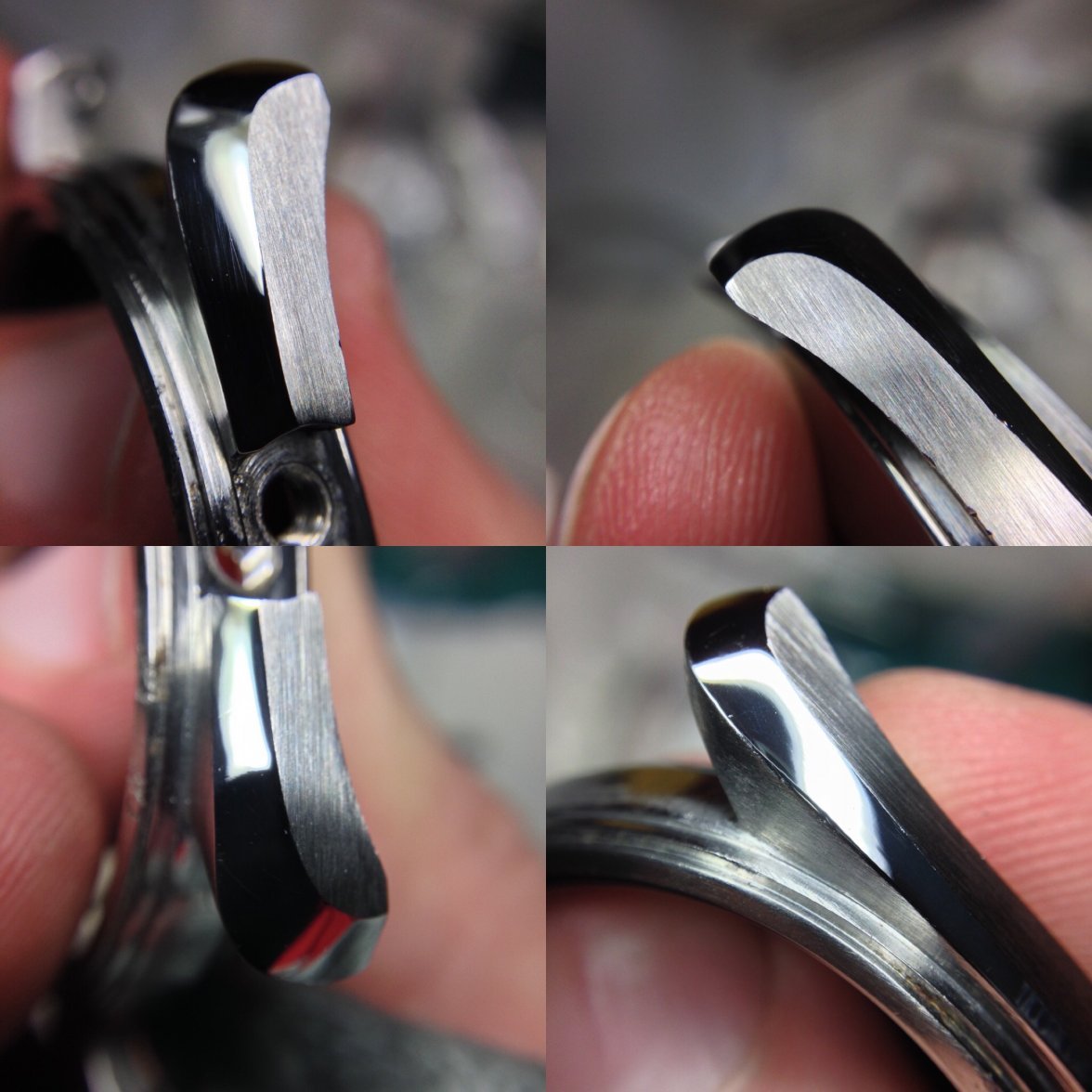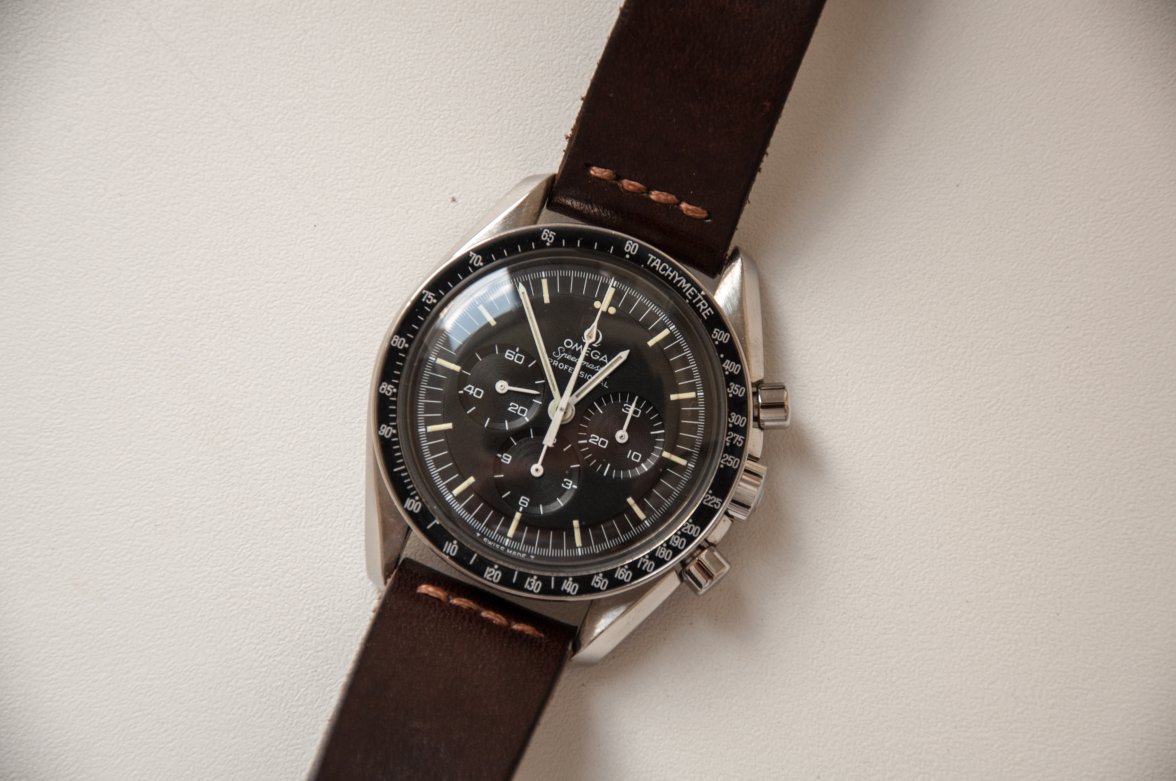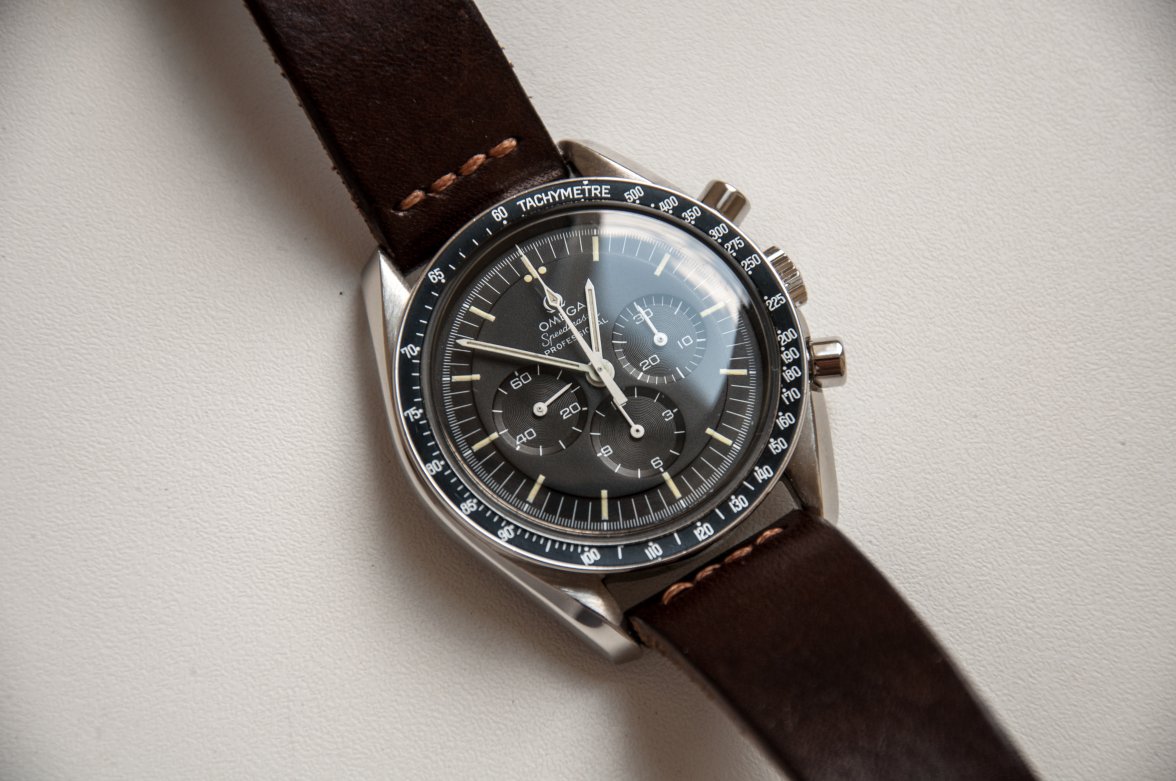In my case, it depends. For example, I won't refinish my vintage 1976 Speedmaster Pro 861 or even let Omega touch it, but I let Omega refinish my early 2000's Speedmaster Date when they did the service because there was no history to preserve, and there would be no mismatch between the finish, dial and hands.
When I had my 2011 Planet Ocean Liquid Metal Limited Edition serviced at Omega in 2018, I refused the re-finish, because as a collectible LE watch I wanted the finish to be original. They microscopically damaged (under 10x) the liquid metal bezel while they had it and still replaced it at no charge after I declined to pay $600 for a new one, and I don't have a problem with that because it is truly identical to the one that was on the watch.
My Ti Planet Ocean 9300 has been a frequent daily wear watch for about 4 years, and having a hard grade 5 titanium case means that all of it's scratches are superficial. From a distance you can't see any marks, and the polished parts are still nice and shiny - get up close and dirty and it's marked up a bit with shallow marks. But, since Omega's grade 5 Ti is so hard and resilient and difficult for others to work on, I might let Omega refinish the case when I send it in for service next year - I'm paying for it anyway and I didn't want to entrust the refinish to anyone outside of Omega. But it does look like it would probably be safe with LWC, after seeing examples on their website of all the work they've done.
I serviced my 2013 Omega Speedmaster Pro last summer without a polish because it looks about as good as my 2005 Speedy 3572.50 that Omega likely refinished with it's last service in 2016 (before I bought it in 2018). I also serviced my 2013 Hamilton chronograph last summer, but refused a polish because
I usually only want casework when I have a dent that drives me nuts, or it's in a material that's hard for a 3rd party to work with. But, if it's a modern watch with no special value as rare or LE, and the marks bug me, then I would refinish.
I don't think it would be an issue for you to have it serviced with Omega and let them refinish the watch, unless it's truly in remarkable condition like my Speedy or Hamilton were.
Someday it might be considered vintage, but do you really think it will be that desirable to have the original factory finish? Maybe if it was one of the first to be released and then they made changes very soon after release, and so you have a unique Mk1 dial or hands, etc. Or, maybe if the majority of them had a white gold or steel bezel and your tungsten bezel model is truly rare or limited.(note - I don't know much about the Globemaster.)
 It's also not something that is generally taught in watchmaking school.
It's also not something that is generally taught in watchmaking school.

 ) I was going to start a thread asking about case thickness/refinishing, I'll add to it instead.
) I was going to start a thread asking about case thickness/refinishing, I'll add to it instead.

